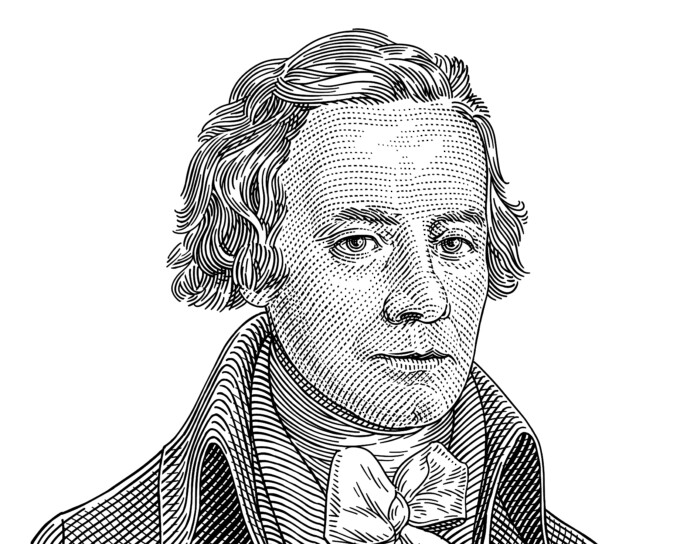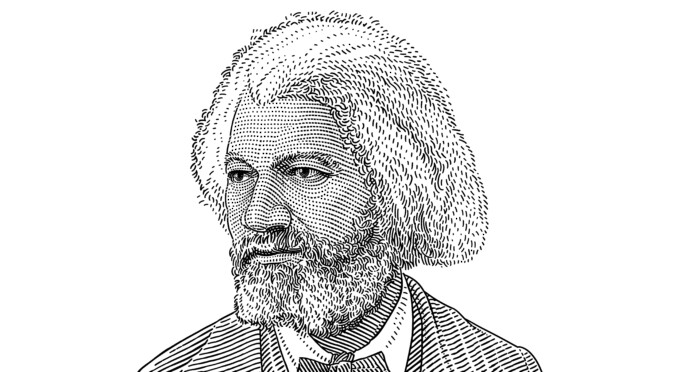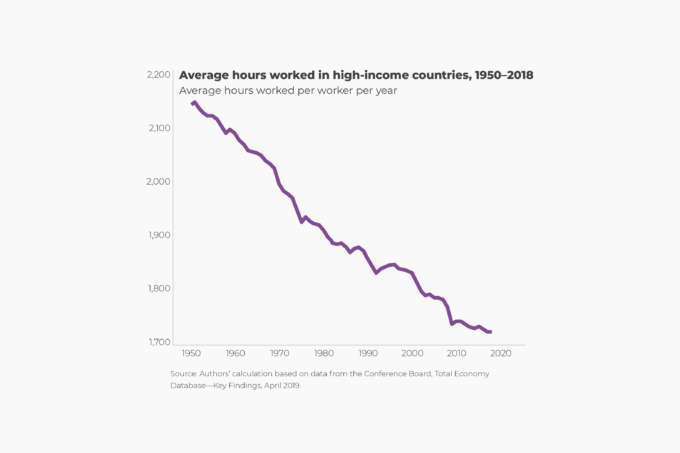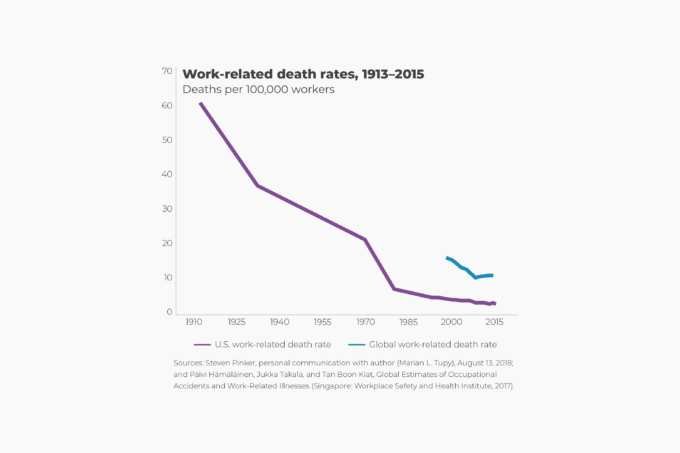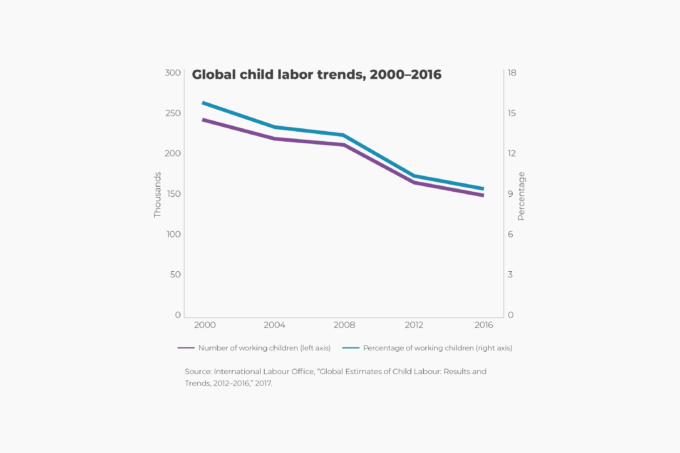Slavery can be traced back to Sumer, a Middle Eastern civilization that flourished between 4500 BCE and 1900 BCE. Before the age of steam, humanity depended on energy produced primarily by people and animals. An extra pair of hands was always welcome in the fields, and conquered people who weren’t killed were frequently put to work as slaves.
Slavery existed in ancient Egypt, India, Greece, China, Rome, and pre- Columbian America. The Arab slave trade took off during the Muslim conquests of the Middle Ages. The word “slave” probably derives from the Late Latin word sclavus, which in turn denotes the Slavic peoples of Central and Eastern Europe who were enslaved by the Ottoman Turks.
Slavery in the Caribbean and the southeastern United States, which was practiced between the 16th and 19th centuries CE, saw millions of Africans brought to the New World for that very purpose. Yet slavery among African tribes, especially those in West Africa, was also common and persisted until very recently. In fact, Mauritania became the last country to outlaw slavery in 1981. In spite of the ban, slavery continued to be practiced, however. Consequently, the government of Mauritania criminalized the practice of enslavement in 2007.1
As chattel slavery disappeared, our definition of slavery has expanded to include such practices as forced labor, sexual slavery, and debt bondage. The elimination of such servitude will be the challenge of the 21st century. But let’s not lose sight of the moral progress humanity has made by eliminating the ancient institution of chattel slavery and making it an anathema throughout the world.
- Steven Pinker, personal communication with author (Marian L. Tupy), July 16, 2018.


